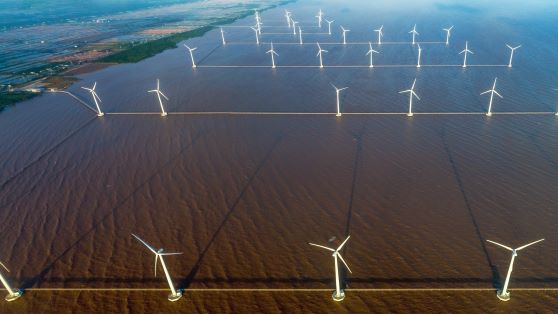
Energy Modelling Lab is supporting the Danish Council on Climate Change. We are updating and handing over the Danish Biomass Resource Model, DK-BioRes, that we developed a few years ago. DK-BioRes is a flow-based model and contains all Danish biomass resources from agriculture, forestry, and aquaculture. The updated model will feature several technologies for reducing carbon emissions and nitrification. As part of the project, we are building up the capacities of the staff at the Council so that they can use the model themselves.
With the DK-BioRes model at hand, The Danish Council on Climate Change can develop comprehensive scenarios of climate neutrality concerning land use, yield, and emissions from agriculture, aquaculture, and forestry. They can integrate the use of biomass and consumer behavior in the scenario. The project is thus enhancing the capacities of the Council to provide suggestions for cost-effective climate policy solutions.
The model is available on GitHub

MODELLING
Energy Modelling Lab is updating the flow-based model DK-BioRES that we have developed. The model features all Danish biomass resources from agriculture, forestry, and aquaculture.
The model can generate scenarios of the impact of different strategies and of increasing the use of technologies such as manure acidification and air cleaning to reduce carbon emissions.

CAPACITY BUILDING
Energy Modelling Lab trains the staff of the Danish Climate Council on updating and using the model to develop scenarios. We also include training on quality assurance of the scenarios.
By the end of the project, we are handing over the DK-BioRES Model to the Danish Climate Council assuring full ownership by the staff.
Duration: May – November 2023
EML Team: Ida Græsted Jensen and Kenneth Karlsson
Client: The Danish Council on Climate Change
Budget: DKK 320.000
Reference: Bodil Harder














